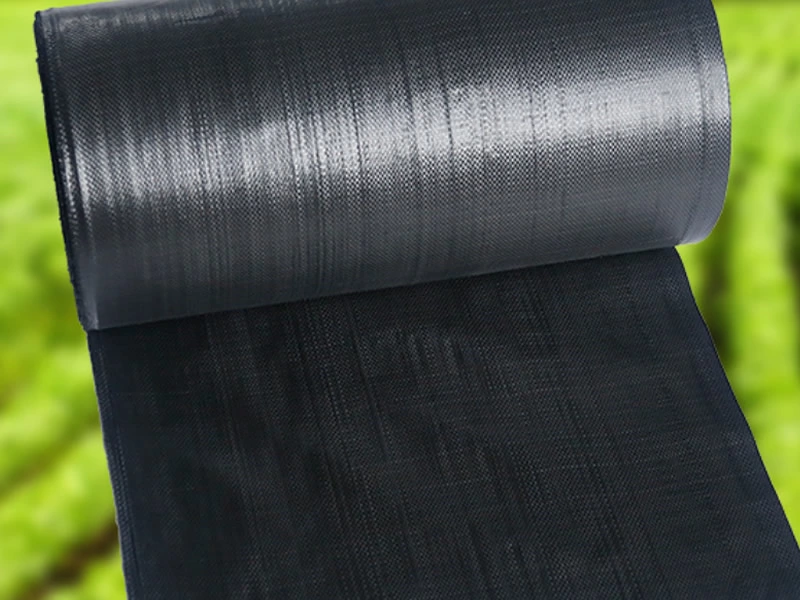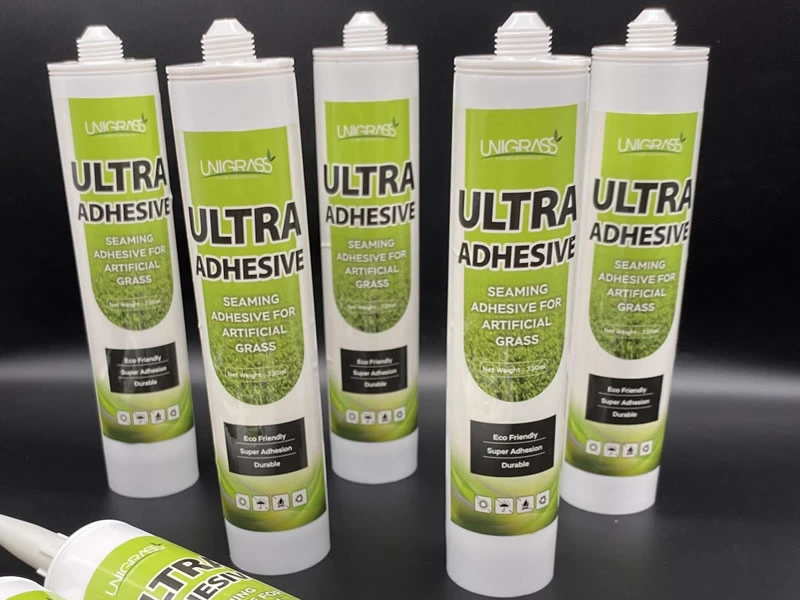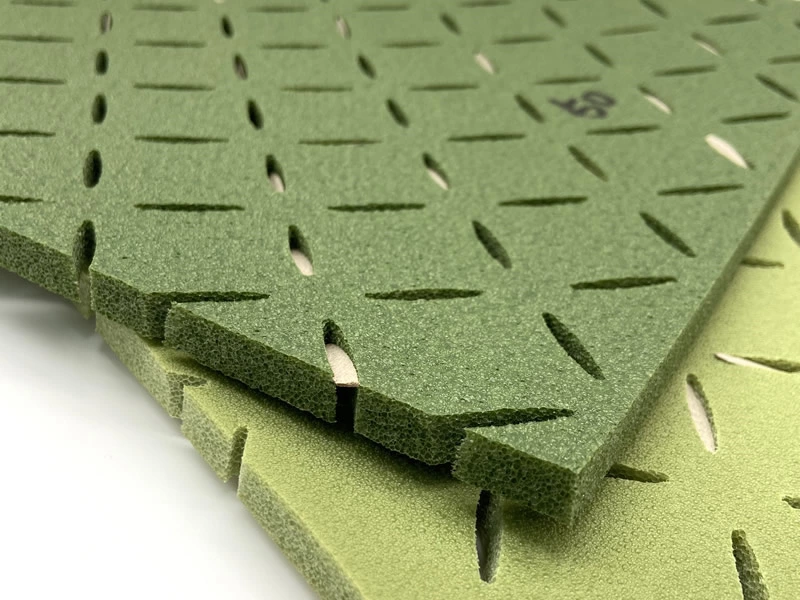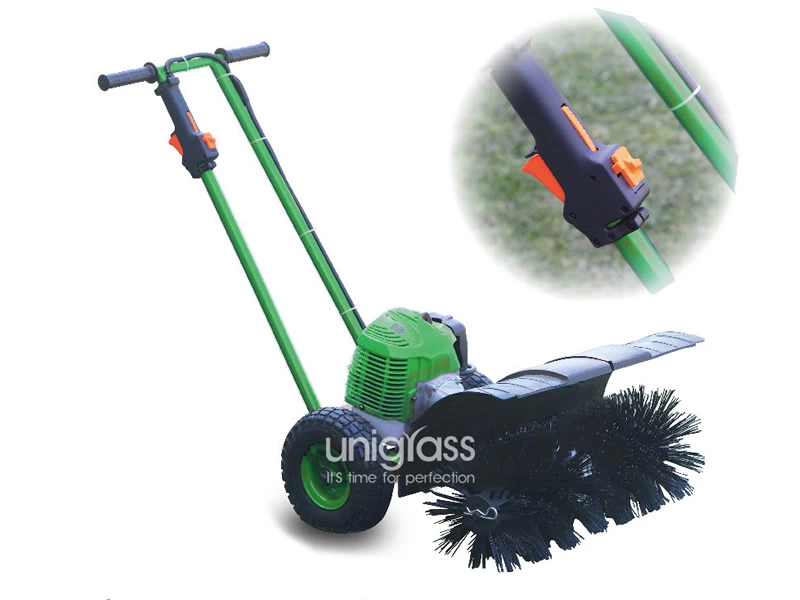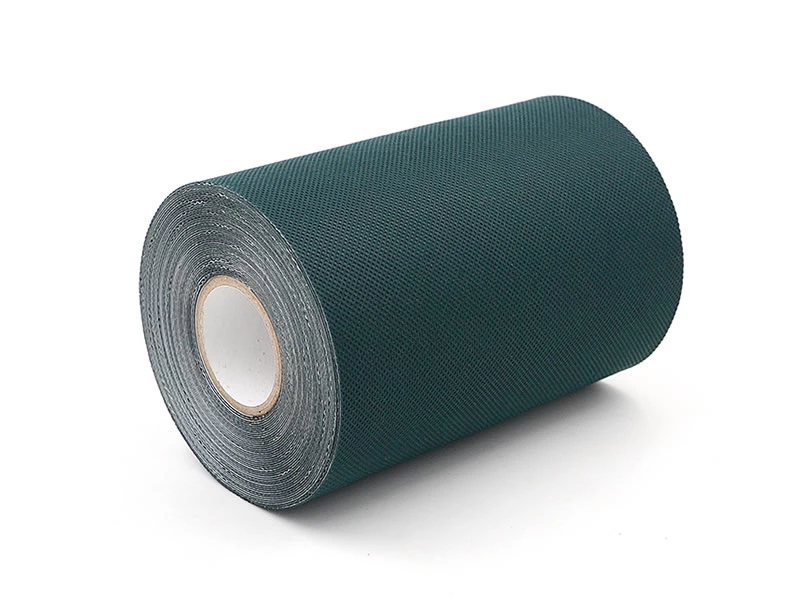
UNIGRASS Turf Installation And Maintenance Accessories
To ensure the stability, beauty and durability of artificial turf, UNIGRASS provides a complete set of high-quality installation and maintenance accessories. These accessories are widely used in the laying, splicing, shock absorption and daily maintenance of lawns, and are indispensable key aids for every high-standard greening or sports project.
Each UNIGRASS accessory is designed around "efficiency, durability and professionalism" to help customers achieve higher quality landing effects in lawn projects.
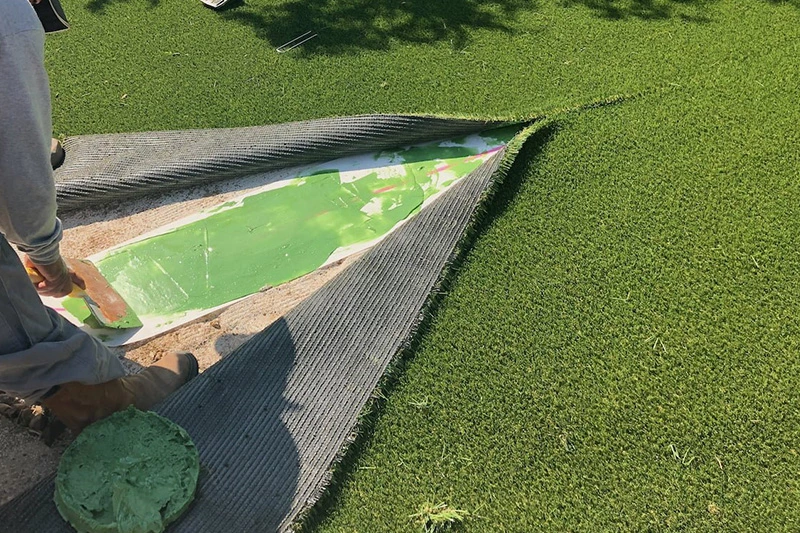
UNIGRASS Lawn Installation Tools Advantages
Landscape fabric: effectively inhibits weed growth, enhances ground stability, and ensures that the lawn is flat and not prone to wrinkles.
Shock-absorbing pads: provide good elasticity and cushioning effects, increase foot comfort, and protect the lawn foundation from damage.
Professional lawn glue and tape: ensure that the lawn joints are firm and tight, improve the overall aesthetics, and avoid cracking and displacement in the future.
Grass brush: can make the grass stand upright and naturally, eliminate transportation and construction indentations, and make the lawn more realistic.
Leave Us Your Info
UNIGRASS, a fully professional experience factory with more than 10 years of research and development experience, provides you with one-stop sports and leisure grass and a full set of facilities.
This site uses cookies
We use cookies to collect information about how you use this site. We use this information to make the website work as well as possible and improve our services.
